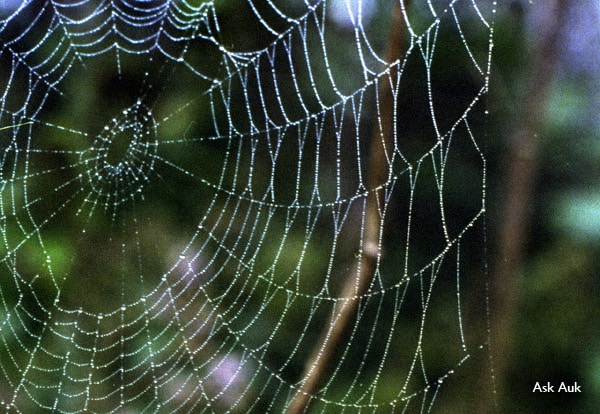
Helen Babbs, London Wildlife Trust’s Communications Officer, introduces some of the ways the Trust links to the GiGL website. Mandy Rudd, GiGL Director, flags another way for partners to make use of GiGL’s website.
London Wildlife Trust’s website excites visitors about London’s wildlife and encourages them to get involved, whether by getting stuck into some practical conservation work or by supporting us as an armchair member.
The website is the space where the Trust shares news and views, where we offer information and advice, and where we list our upcoming events and volunteering opportunities. It’s also where we tell people about our many nature reserves.
Our online nature reserves map shows Trust sites all over Greater London.When visitors click into each one they’re given information about the types of habitats and creatures they’re likely to see at each reserve using GiGL’s WIMBY (what’s in my back yard) tool.
Being able to offer people the chance to both explore the latest data from our reserves and submit their own wildlife sightings to GiGL is a valuable addition to our website – encouraging visitors to interact with us and to engage with their local nature reserve. Elsewhere on London Wildlife Trust’s site there is a spotted page, where we occasionally post interesting sightings from our reserves. This page also links to GiGL and encourages people to submit their own wildlife sightings.
Linking website visitors to GiGL’s website is a really important public example of how we work together. Adding reciprocal links from one website to another is simple and adds enormous value if those links are relevant and engaging. It also demonstrates how we are working successfully with other organisations for the benefit of people and wildlife.
Public Surveys
GiGL creates and hosts several successful online public surveys. From engaging Harrow’s school kids in recording in their school grounds and local open spaces, to detailed surveys of Redbridge’s private gardens, GiGL is working with many partners to engage Londoners in recording and using their local knowledge.
GiGL partners use their own websites to give the background to the surveys and links to other resources, but host their survey form on GiGL’s website. Survey forms can be built using service level agreement time, and are branded to ensure ownership of the survey is clear. The forms can also be accessible to all website users or restricted to specific participants using passwordprotection.
Data submitted come straight to GiGL, are processed inhouse and given back to our partners as part of our standard data products.They are always identified within our data holdings as records that have come in from a public survey and where necessary, they will be verified by London’s species experts as part of our data verification process.The data can also be analysed by the GiGL team to provide statistics based on the survey results.
With our partners’ permission, all data generated via public surveys are submitted to the National Biodiversity Network and are available for viewing via the NBN Gateway and GiGL’s WIMBY tool.The results are displayed at full resolution in keeping with GiGL’s Accessing Data Policy, except where doing so may have a detrimental impact on species.This provides useful feedback to survey participants showing their contribution in practical use.
